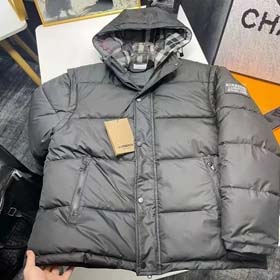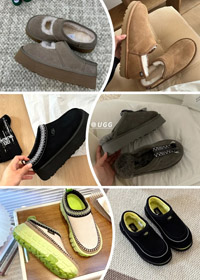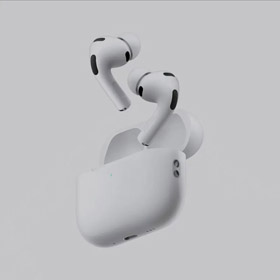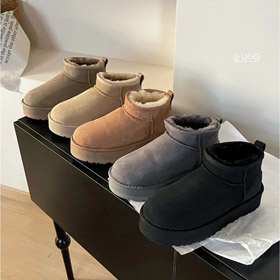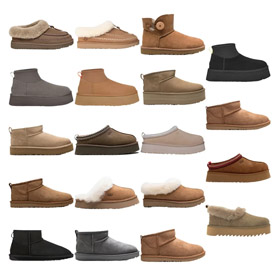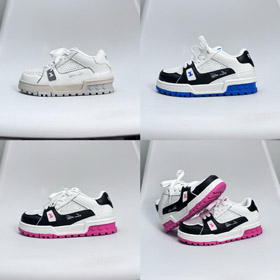Home >
The Design Aesthetics and Material Innovations of Nike Sneakers
The Design Aesthetics and Material Innovations of Nike Sneakers
2025-04-25
Nike, a global titan in athletic footwear, has long been synonymous with innovation, performance, and iconic design. Its sneakers are not just functional athletic gear but also cultural symbols that blend cutting-edge technology with distinctive style. This article explores the brand’s unique design philosophy and the materials that define its legendary footwear, drawing insights from industry trends and product insights available at Mulebuy Spreadsheet.
Design Style: A Fusion of Heritage and Futurism
Nike’s design ethos is rooted in a balance between honoring its legacy and pushing the boundaries of modern aesthetics. The brand’s iconic silhouettes, such as the Air Jordan series, Air Max line, and Cortez, often serve as a foundation for new creations. For example, the Air Jordan 4, a timeless classic since its 1989 debut, features bold lines, visible air cushioning, and premium detailing. Its design, as seen in the Mulebuy Spreadsheet, highlights a mix of mesh, leather, and suede panels, creating a rugged yet sleek look that appeals to both sneakerheads and athletes.
Modern Nike designs often embrace futurism, incorporating avant-garde elements like asymmetrical cuts, transparent overlays, and experimental color palettes. The Nike Yeezy collaboration series, though no longer in production, exemplifies this trend with its minimalist monochromatic schemes and sock-like fit, while the React Vision line uses bold, geometric shapes and gradient hues to evoke a sci-fi aesthetic. Nike also prioritizes functionality in design: breathable mesh uppers, supportive midsole structures, and traction-focused outsoles are seamlessly integrated into each model, ensuring performance without compromising style.
Collaborations play a significant role in Nike’s design evolution. Partnerships with artists, designers, and streetwear brands (e.g., Off-White’s Virgil Abloh) have introduced deconstructed elements, layered textures, and thought-provoking graphics. These limited-edition releases often become cultural touchstones, blending high fashion with athletic wear and driving collector demand, as seen in the diverse sneaker listings on Mulebuy Spreadsheet.
Material Innovations: Performance-Driven Craftsmanship
Nike’s commitment to innovation is most evident in its material science. The brand invests heavily in 研发 (research and development) to create materials that enhance durability, comfort, and sustainability. Here are key materials that define Nike’s footwear:
1. Flyknit and Flywire: Lightweight Support
Introduced in 2012, Flyknit revolutionized sneaker construction by using a single piece of 编织 mesh (knitted mesh) that wraps the foot like a sock. This material reduces waste during production and provides adaptive breathability, as seen in models like the Nike Flyknit Racer. Complementing Flyknit is Flywire, a system of high-strength threads integrated into the upper, offering lockdown support with minimal weight—ideal for running and training shoes.
2. Air Cushioning: A Legacy of Comfort
Nike’s Air Max technology, debuted in 1987, remains a cornerstone of its design. The visible air units in the midsole not only provide cushioning but also serve as a signature aesthetic element. Over the years, materials like polyurethane (PU) and thermoplastic urethane (TPU) have been refined to improve air unit durability and responsiveness. The Air Jordan 4, for instance, features a heel Air unit encased in a durable plastic frame, balancing style and shock absorption.
3. React Foam: Energy Return and Sustainability
The React foam, launched in 2017, combines comfort and energy return using a blend of EVA (ethylene-vinyl acetate) and thermoplastic elastomers. This lightweight, bouncy material is used in sneakers like the Nike React Infinity Run Flyknit, designed to reduce injury risk for runners. Additionally, Nike has introduced Crater Foam, a version of React made with at least 10% recycled materials, aligning with the brand’s sustainability goals.
4. Premium Leathers and Sustainable Alternatives
For lifestyle and luxury models, Nike uses high-quality leathers, such as full-grain and suede, to elevate texture and durability. The Nike Dunk Low, a retro-inspired silhouette, often features smooth leather uppers and suede overlays, as showcased in the Mulebuy Spreadsheet. In recent years, the brand has also embraced sustainable materials like Space Hippie yarns (made from recycled plastic bottles and fishing nets) and Nike Vegan Leather, reducing its environmental footprint without compromising style.
Cultural Impact and Design Evolution
Nike’s design and material choices reflect not just athletic performance but also cultural shifts. The brand’s ability to blend function with fashion has made its sneakers staples in streetwear, music, and art scenes. For example, the Air Force 1, a minimalist basketball shoe from 1982, has been reimagined countless times with unique materials and collaborations, solidifying its status as a timeless icon.
As seen in the Mulebuy Spreadsheet, platforms offering diverse Nike-inspired products highlight the brand’s global appeal. While authenticity remains crucial, these listings underscore the demand for Nike’s design language, from classic colorways to modern reinterpretations.
Conclusion
Nike’s design style and material innovations continue to set benchmarks in the footwear industry. By merging heritage silhouettes with futuristic elements and prioritizing sustainable, high-performance materials, the brand maintains its relevance across athletic, fashion, and cultural landscapes. Whether through the iconic Air Max cushioning, the lightweight precision of Flyknit, or the eco-consciousness of Crater Foam, Nike proves that sneakers are more than just shoes—they are a canvas for innovation and self-expression. As showcased in platforms like Mulebuy Spreadsheet, the brand’s enduring legacy lies in its ability to evolve while staying true to the core values of style, performance, and progress.
Word Count: ~600
External Link: Mulebuy Spreadsheet
External Link: Mulebuy Spreadsheet













